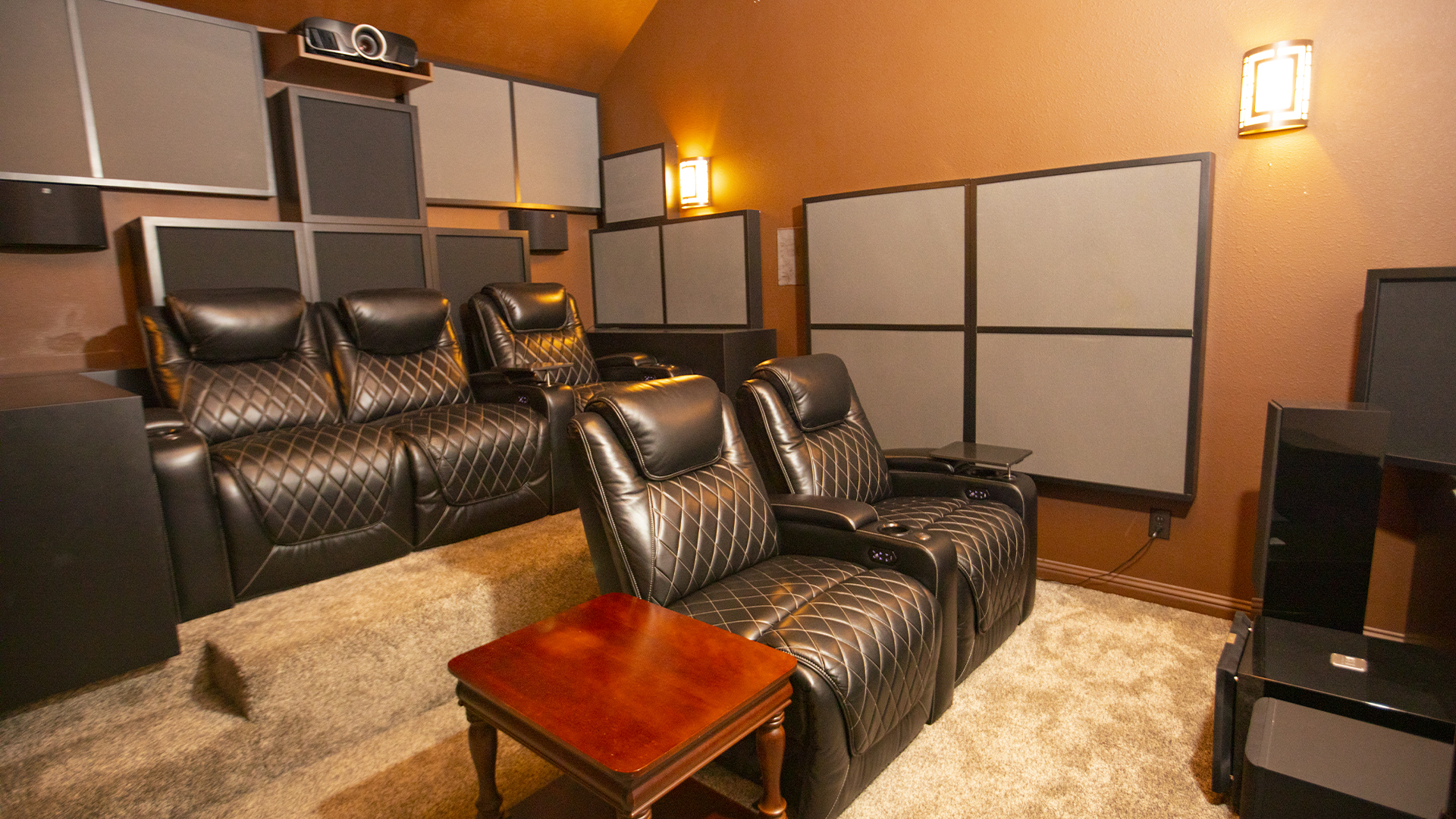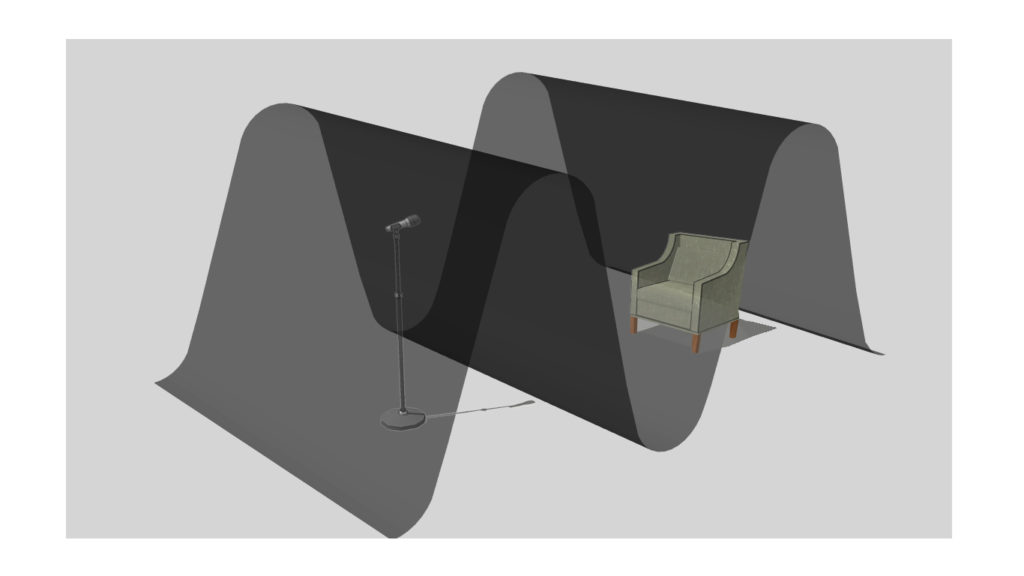
Table of Contents
Dividing Acoustics of a Room: Understanding Low and High Frequency Behaviors
The acoustics of a room or any room can be divided into two main parts. In the acoustics of a room, we have lower frequency unwanted pressure along with middle and higher frequency reflections. Lower frequency pressures oscillate throughout the room in waves of energy, think ocean waves. Middle and high frequency energy is more straight line, think sunshine. Pressure builds up between the sidewalls, front to rear walls and the floor to ceiling sound fields.
Every room has three sound fields that have different dimensions. Different dimensions produce different frequency and amplitudes of room modes. Middle and higher frequencies strike our walls and ceiling along with the floor to contribute to room reverberation. Reverb is defined as to how long a sound stays around within the room after it has been sung, spoken, or played.
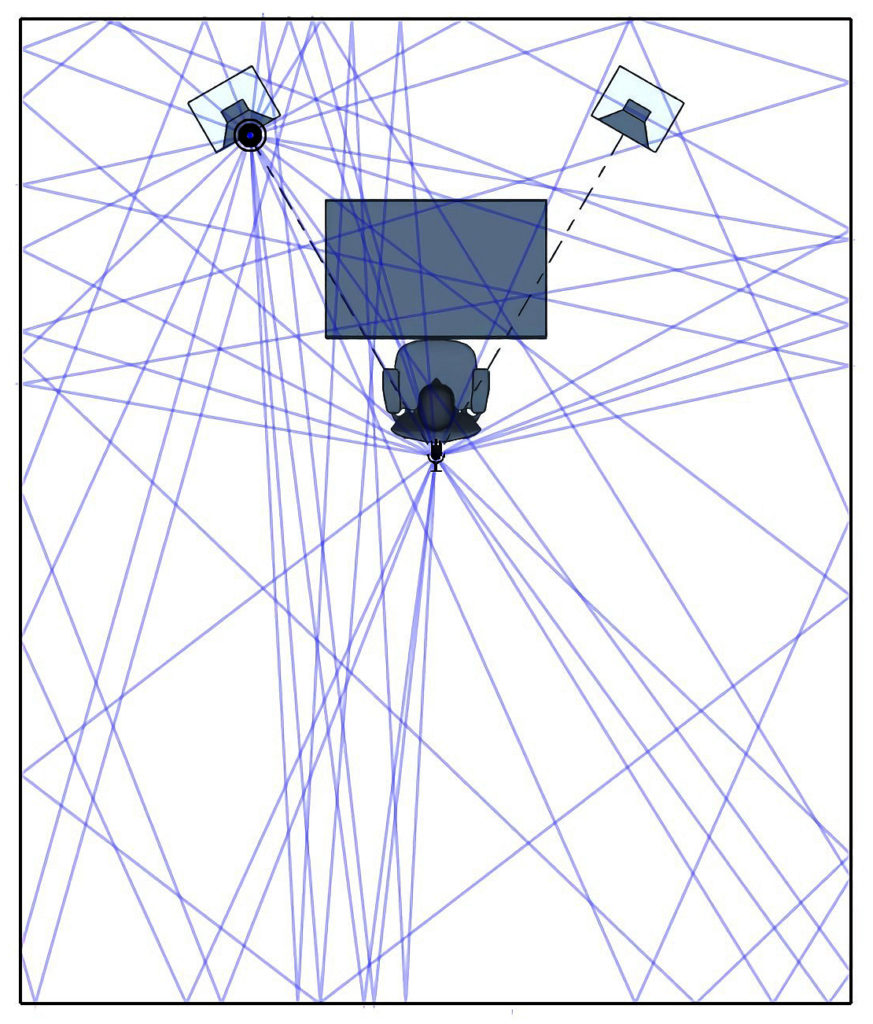
Navigating Room Modes: The Impact of Low Frequency Pressures
Lower frequency pressure is produced by wavelengths of energy that do not fit within the dimensions of your room. A 40 hz. wave of energy is 28′ long and 14′ high. If your room dimensions are not greater than 28′ then you will have unwanted pressure areas called room modes. Room modes are produced by the air vibrating between the walls, floors, and ceiling. Room modes are distortions that can cause you to hear too much of a certain frequency and not enough of others.
Room modes exaggerate and attenuate certain octave bands. When energy does not fit within the floor to ceiling, front wall to rear wall, and sidewall to sidewall, room modes are produced within these three sound fields. When the wavelength does not fit within your room dimensions, you must consider the distortion produced in the acoustics of a room.
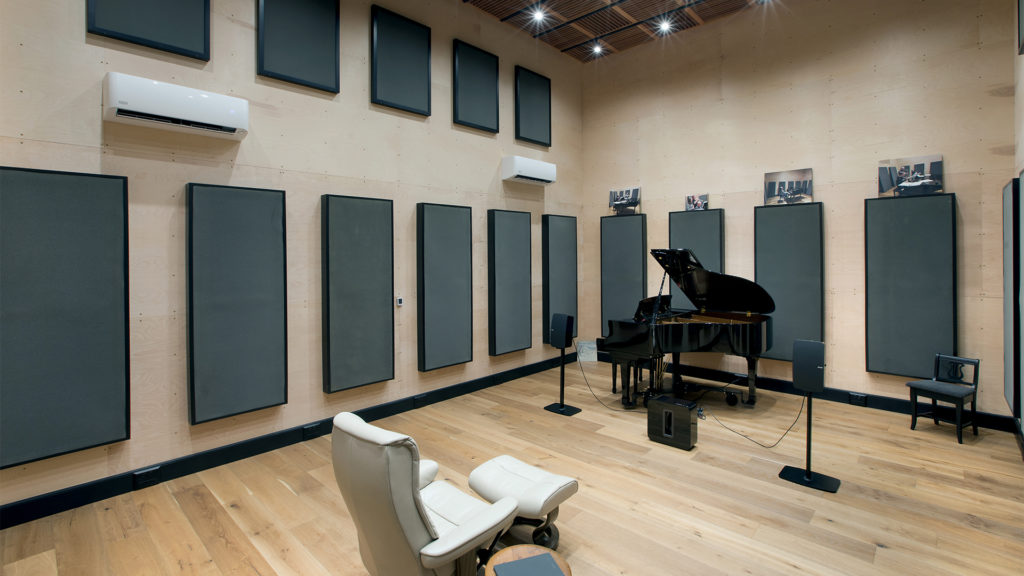
Addressing Middle and High Frequency Reflections in Room Acoustics
The next issue we will have in the acoustics of a room will be middle and high frequency reflections from the floor, walls, and ceiling. When all the reflections from the floors, walls, and ceiling add together they produce reverberation. Reverb is defined as to how long a sound stays around within a room after it has been sung,spoken, or played.
Reverberation like room modes is a form of distortion in the acoustics of a room. Reverberation has a negative impact on speech intelligibility along with music. SI is defined as to how many words one can hear clearly within a 10 word sentence. In churches we design for a SI of 80% or higher. Reverberation also smothers the harmonics of our music. The harmonic tail if you will is where we connect to our music. We can not allow the room to smother the harmonics with distortion. We must treat the frequency range from 125 hz. 500 hz.
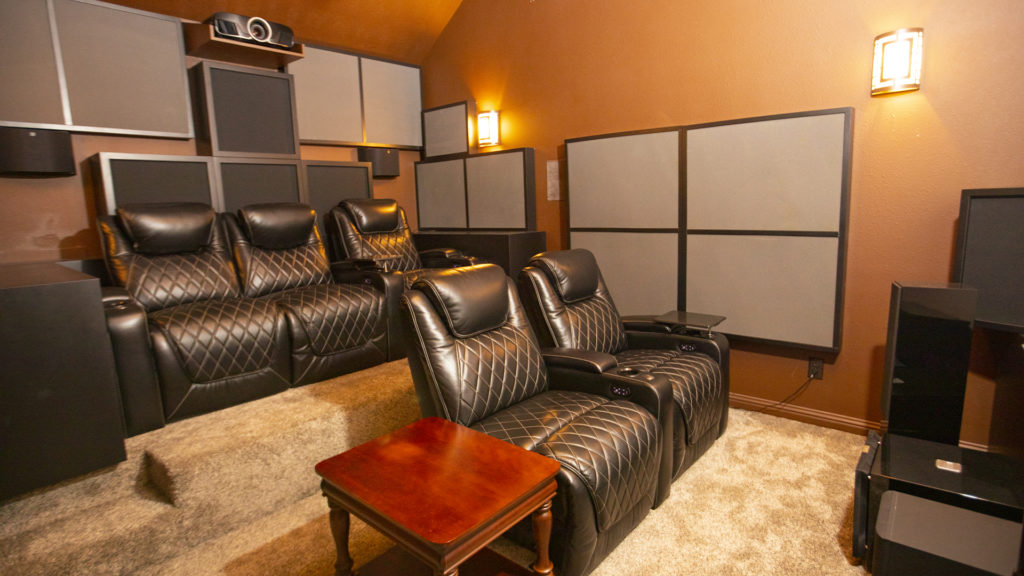
The Role of Absorption in Managing Room Reverberation
Treatment used to manage reverberation is called absorption. We have two main types of treatment for the frequency range of 125 – 500 hz. We have absorption and diffusion. We will discuss the application of absorption treatment. Every surface area within our rooms contributes around 17% to the overall reverberation times within our rooms. The materials our floors, walls, and ceilings are made out of are all contributing factors. We must use the acronym TAP which stands for type, amount, and position.
We must use absorption that works well in the 125 hz. 500 hz. range. We are looking for a 75% level of absorption per unit in that frequency range. We must use the correct amount on each room’s surface area. When we do our calculations for lowering reverb times, we will produce a square footage of coverage required on each surface area. The positioning of both the type and the amount is critical to maximize the coverages on each surface area to achieve our objectives.
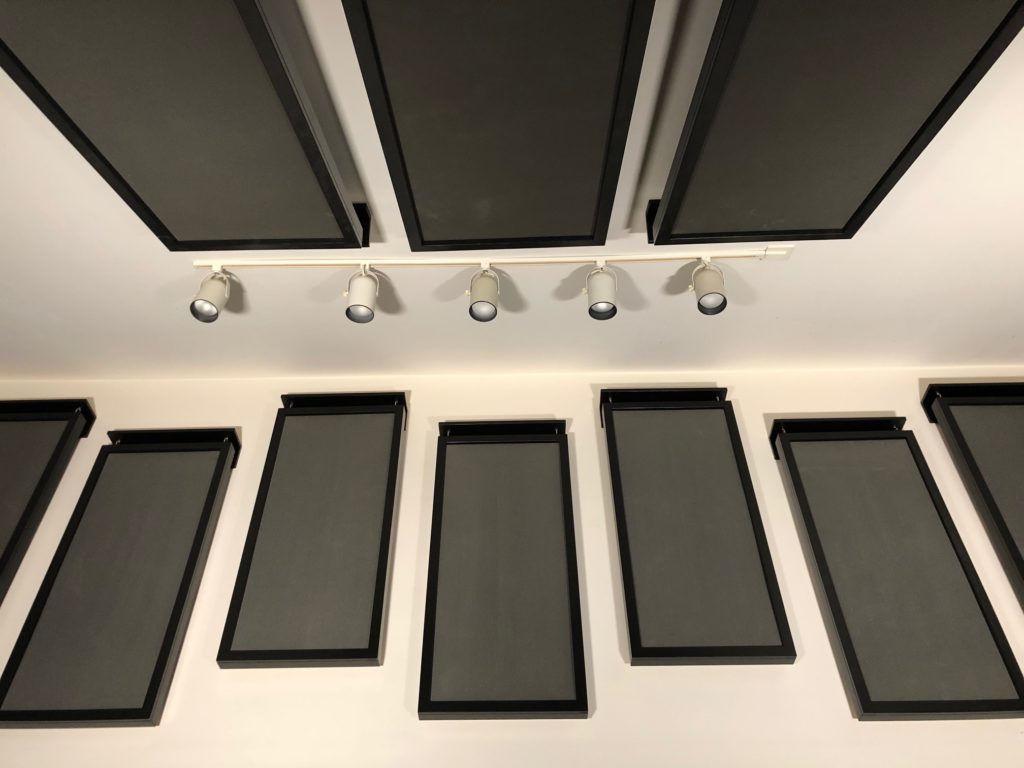
Linear Decay and Subjectivity in Reverberation Management
Reverberation is defined as to how long a sound stays around within a room after it has been sung,spoken, or played. Thus, reverberation is a measure of decay of the fundamental energy. Decay rates throughout your room must be linear to avoid any phase issues at different places within the room. We do a lot of churches ranging from 100 seats to 1,000. We start with a design goal reverb time minimum of 2 seconds. We then try and work our way down to 1.5 seconds.
Depending on the room size, the cost can increase exponentially to lower reverb times by .5 seconds. Reverberation is also subjective in nature. What one likes would drive another person crazy. As we age, our hearing system becomes less tolerant of reverberation producing physical symptoms. In churches with average age congregations of 65 or over, we must increase our treatment coverages by 15%. At Acoustic Fields, we have measurement systems that you can use with your phone to obtain noise data.


